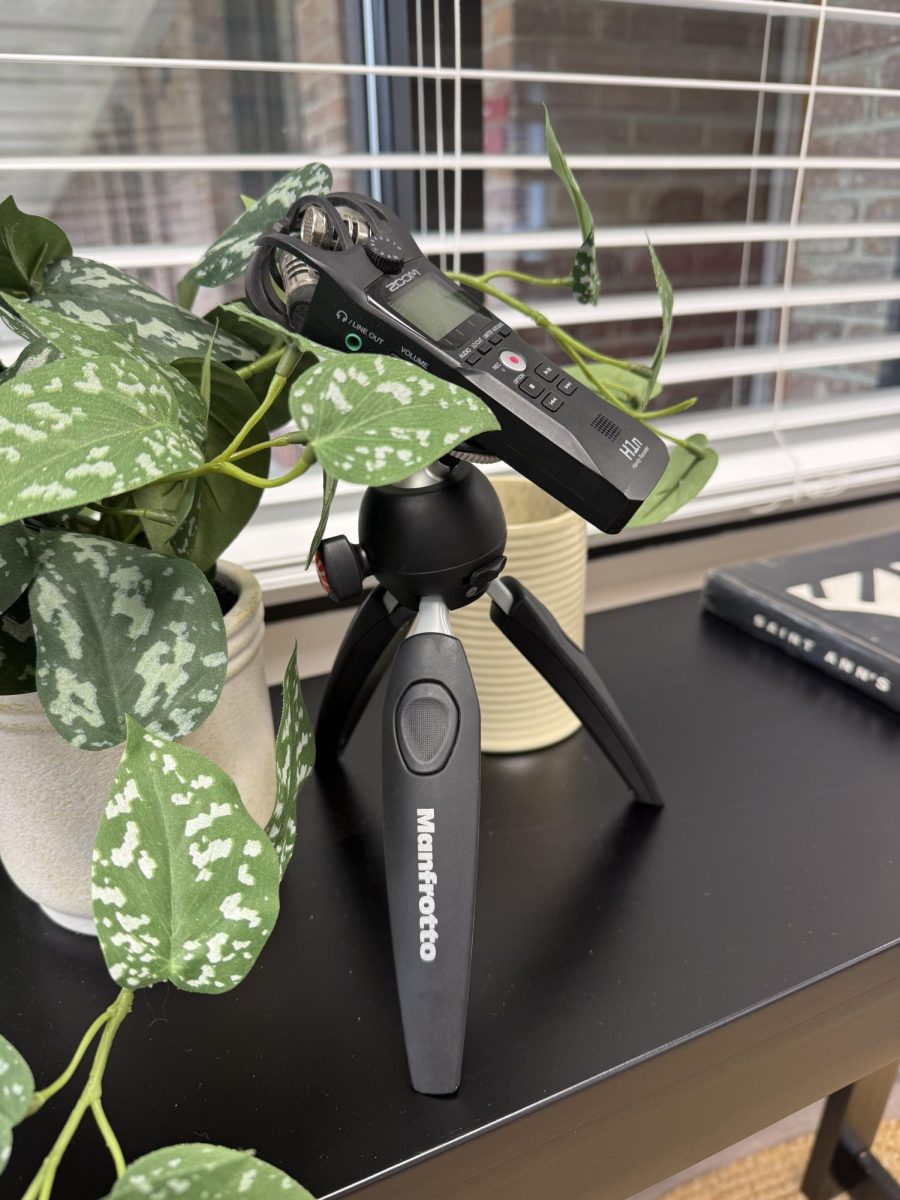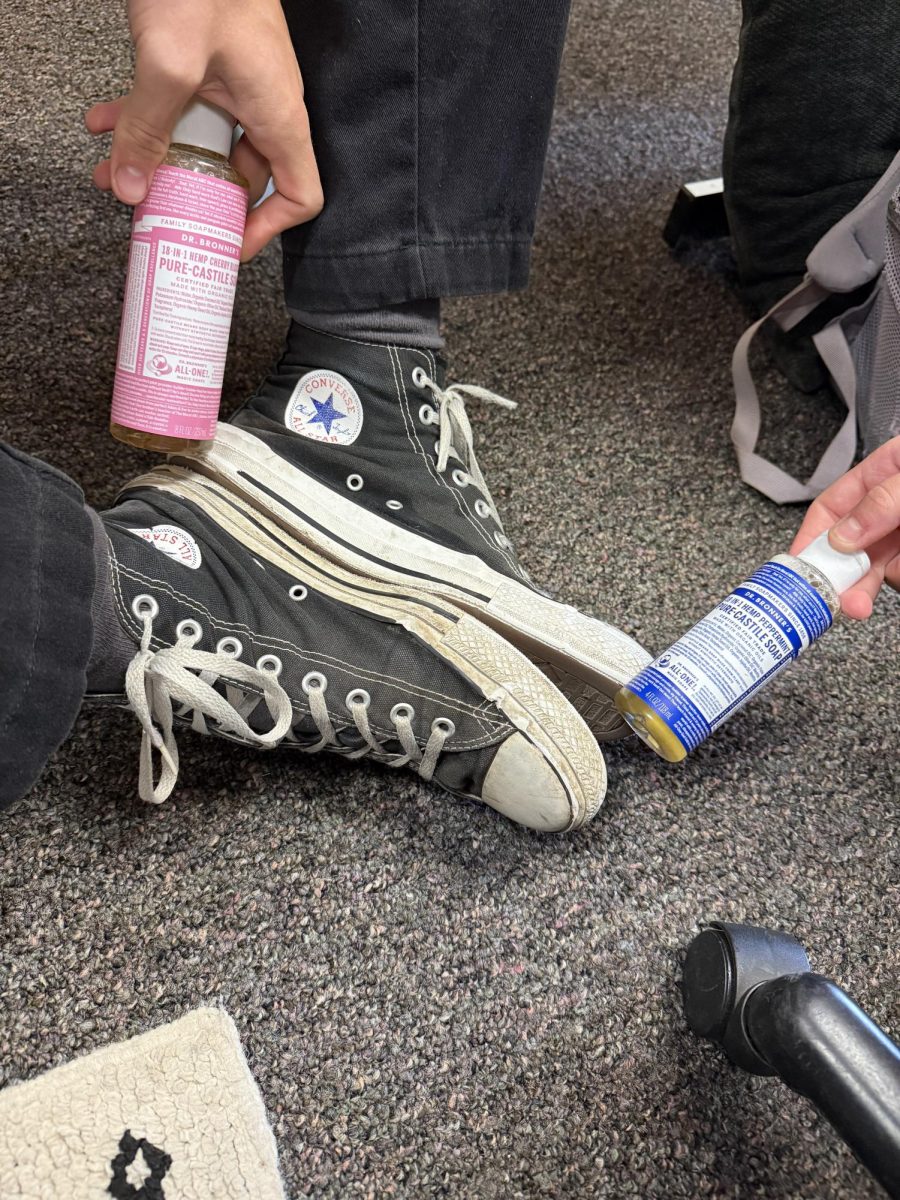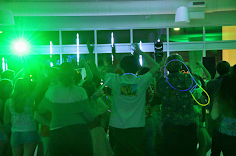Have you ever seen an old toy you used to play with and remembered how happy it made you? Maybe you saw an episode of an old show or a movie and were reminded of Sunday mornings watching TV at breakfast. This feeling is known as “nostalgia” and is incredibly common. Ask someone about VCR’s, vinyl records or tube tv’s, and wait for the inevitable response, “Ohhh, I remember that…” But what is nostalgia, and why is it so prevalent in our society?
The word nostalgia was coined in 1688 by Johannes Hofer. The word comes from two Greek words, nostos (return) and algos (pain or grief). Nostalgia by definition is the pain or longing to return home. Until 1914, nostalgia was even considered a medical diagnosis, being “the pain which the sick person feels because he is not in his native land.” Now, nostalgia is no longer considered a medical diagnosis but instead a highly social emotion.
Nostalgia can be complex, as it can result in feelings all across the emotional spectrum. Anger, joy, sadness, longing and more are all results of nostalgia. Nostalgia is, however, intuitive in the way that it works. People have a natural inclination to look back at the past to bring them happiness. Things from our youth tend to bring more happiness because they represent a time where the stress and responsibility of the world was less. Children don’t have to worry about taxes, politics or gas prices, but instead which of their friends can run the fastest and who has the coolest shoes.
Nostalgia is a window into the past. It’s been proven that remembering the past can lead to more positive feelings in people. Nostalgia allows us to reminisce on the past, and share our experiences with each other. So give it a try next time you feel down. Think about memories you have that bring a smile to your face. It might just make you feel a little better.
Image courtesy of AI, via DeepAI.
Sources:
https://www.southampton.ac.uk/nostalgia/what-nostalgia-is.page








